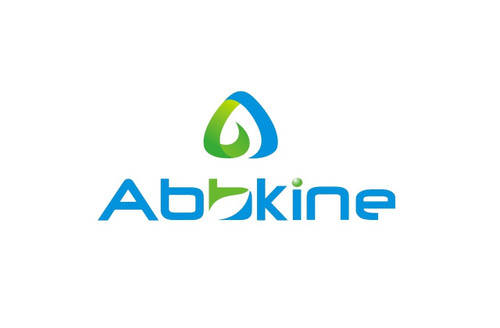Product Description
Human Pyrroline-5-carboxylate reductase 1, mitochondrial (PYCR1) ELISA Kit | AE24929HU | Abebio
Species Reactivity: Human (Homo sapiens)
Abbreviation: PYCR1
Alternative Name: ARCL2B; P5C; P5CR; PIG45; PP222; PRO3; PYCR; P5C reductase|proliferation-inducing protein 45
Application: ELISA
Range: Request Information
Sensitivity: Request Information
Intra-Assay: ≤4.1%
Inter-Assay: ≤7.4%
Recovery: 0, 97
Sample Type: Serum, Plasma, Other biological fluids
Detection Method: Sandwich
Analysis Method : Quantitive
Test Principale: This assay employs a two-site sandwich ELISA to quantitate PYCR1 in samples. An antibody specific for PYCR1 has been pre-coated onto a microplate. Standards and samples are pipetted into the wells and anyPYCR1 present is bound by the immobilized antibody. After removing any unbound substances, a biotin-conjugated antibody specific for PYCR1 is added to the wells. After washing, Streptavidin conjugated Horseradish Peroxidase (HRP) is added to the wells. Following a wash to remove any unbound avidin-enzyme reagent, a substrate solution is added to the wells and color develops in proportion to the amount of PYCR1 bound in the initial step. The color development is stopped and the intensity of the color is measured.
Product Overview: PYCR1 catalyzes the NAD (P) H-dependent conversion of pyrroline-5-carboxylate to proline. This enzyme may also play a physiologic role in the generation of NADP (+) in some cell types. The protein forms a homopolymer and localizes to the mitochondrion. Alternate splicing results in two transcript variants encoding different isoforms.The 1, 810-bp cDNA hybridized to a 1.85-kb mRNA in samples from human cell lines and predicated a 319-amino acid, 33.4-kD protein. PYCR1 protein colocalized with various mitochondrial markers, including delta-1-pyrroline-5-carboxylate synthetase (P5CS), which also belongs to the proline metabolic pathway. Knockdown of the orthologous genes in Xenopus and zebrafish led to epidermal hypoplasia and blistering that was accompanied by a massive increase in apoptosis.
Stability: The stability of ELISA kit is determined by the loss rate of activity. The loss rate of this kit is less than 5% within the expiration date under appropriate storage condition. The loss rate was determined by accelerated thermal degradation test. Keep the kit at 37°C for 4 and 7 days, and compare O.D.values of the kit kept at 37°C with that of at recommended temperature. (referring from China Biological Products Standard, which was calculated by the Arrhenius equation. For ELISA kit, 4 days storage at 37°C can be considered as 6 months at 2 - 8°C, which means 7 days at 37°C equaling 12 months at 2 - 8°C) .
 Euro
Euro
 USD
USD
 British Pound
British Pound
 NULL
NULL








